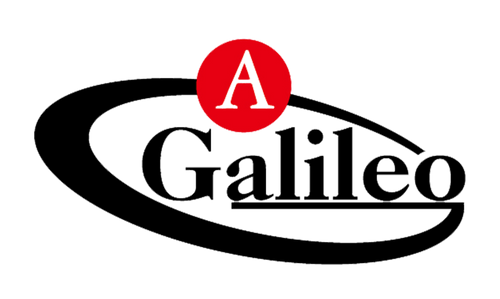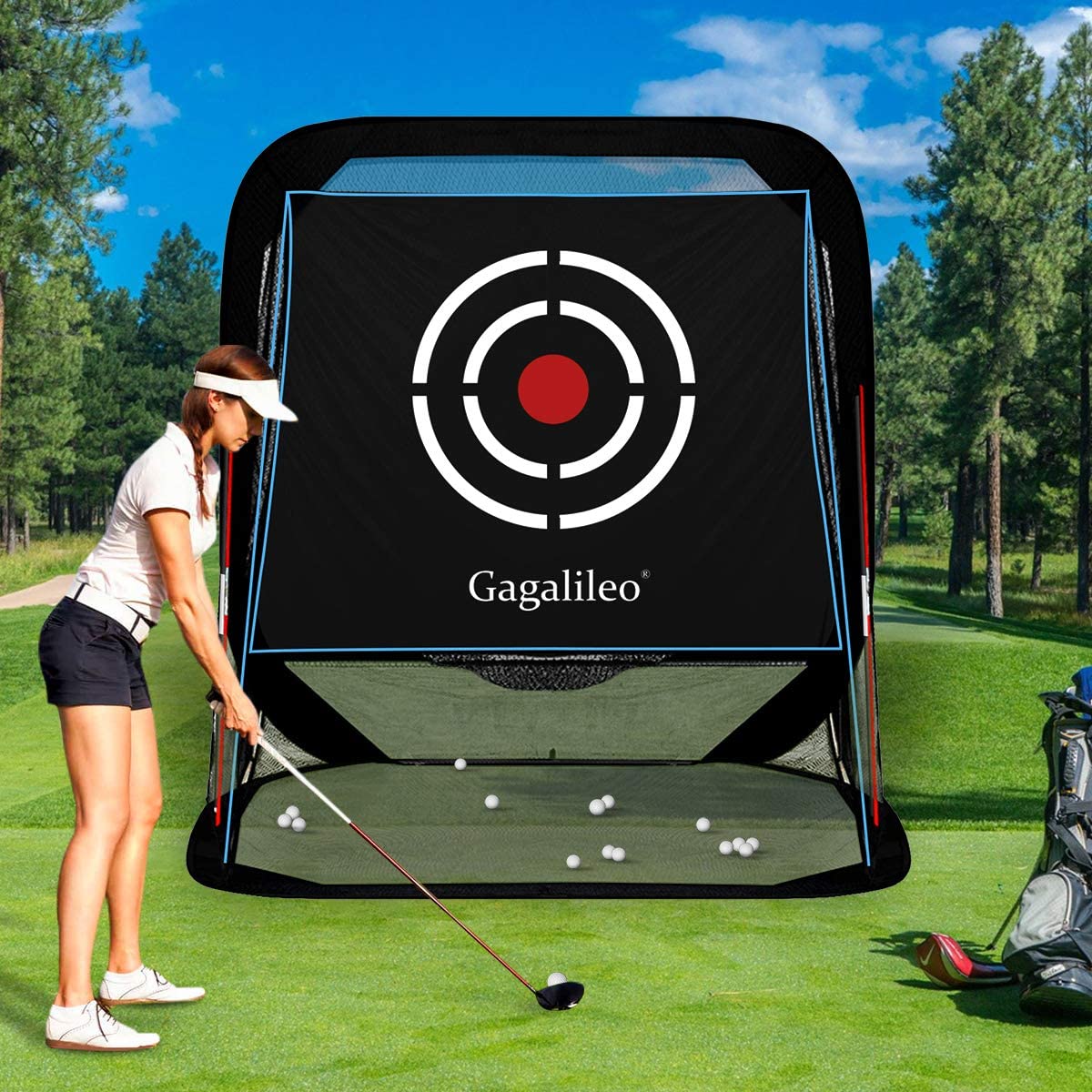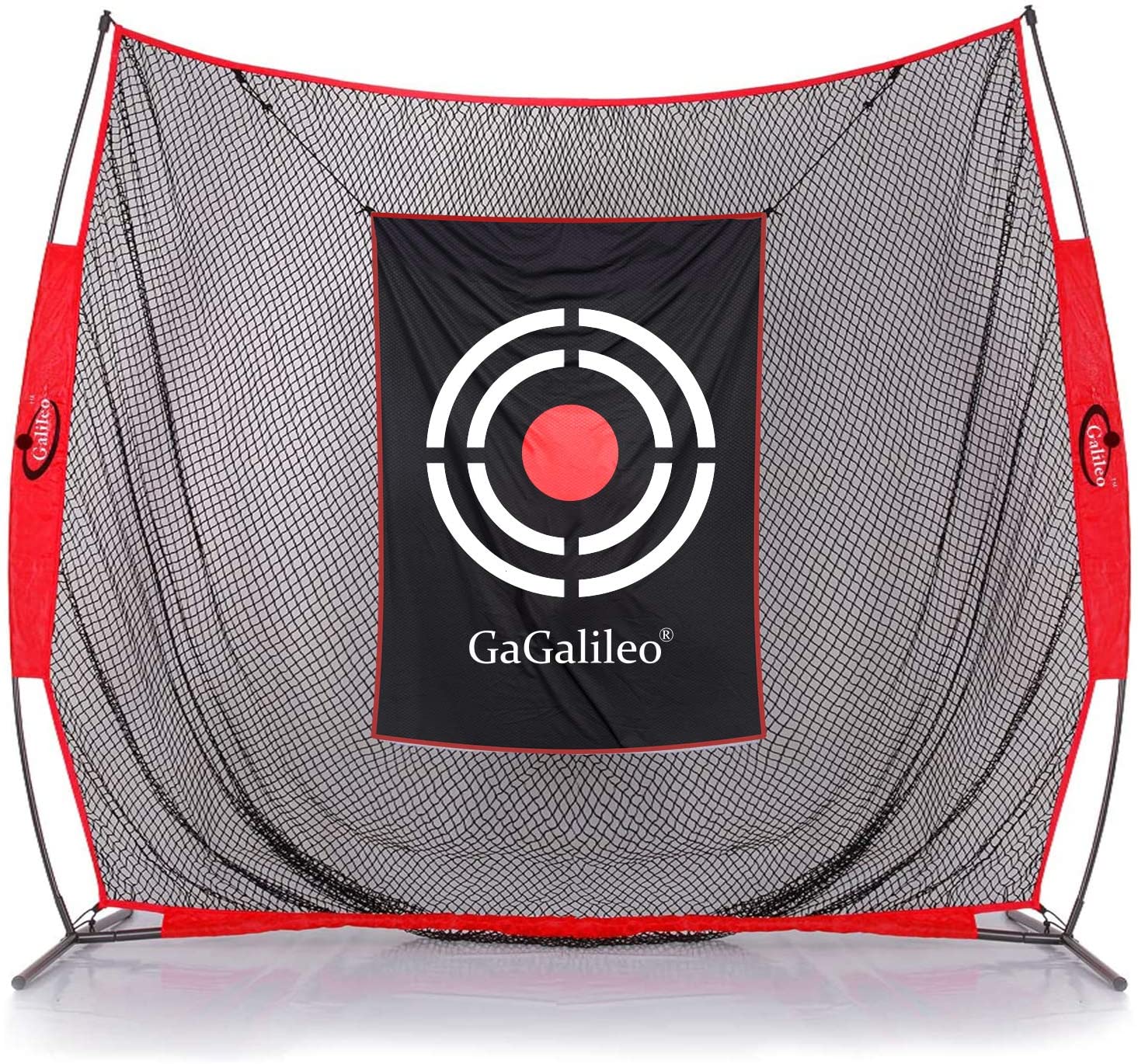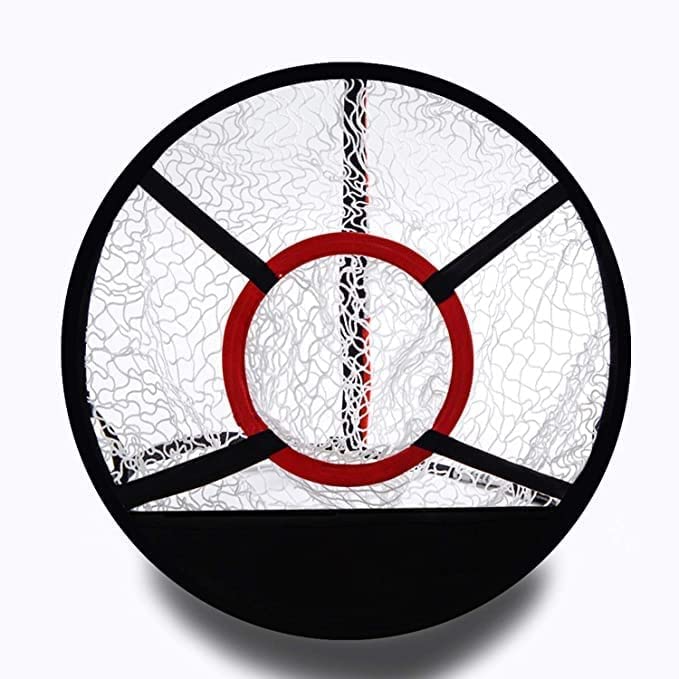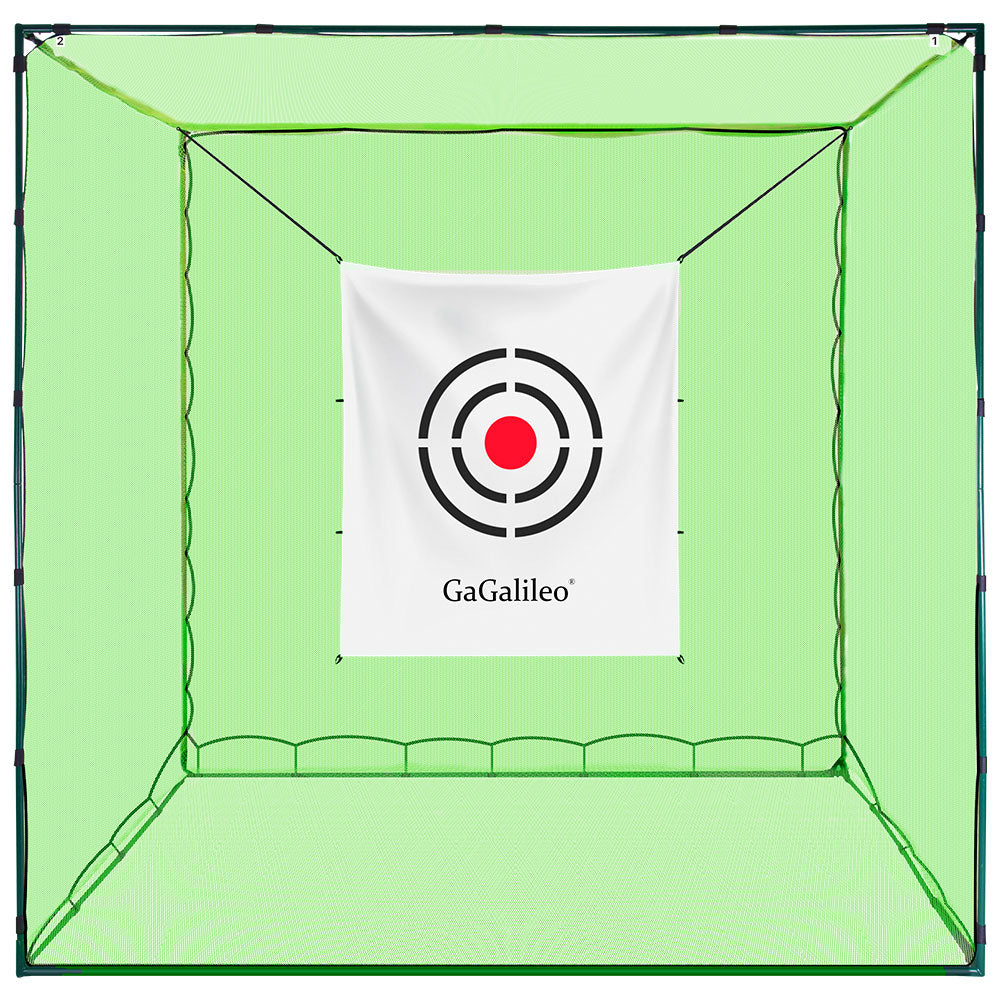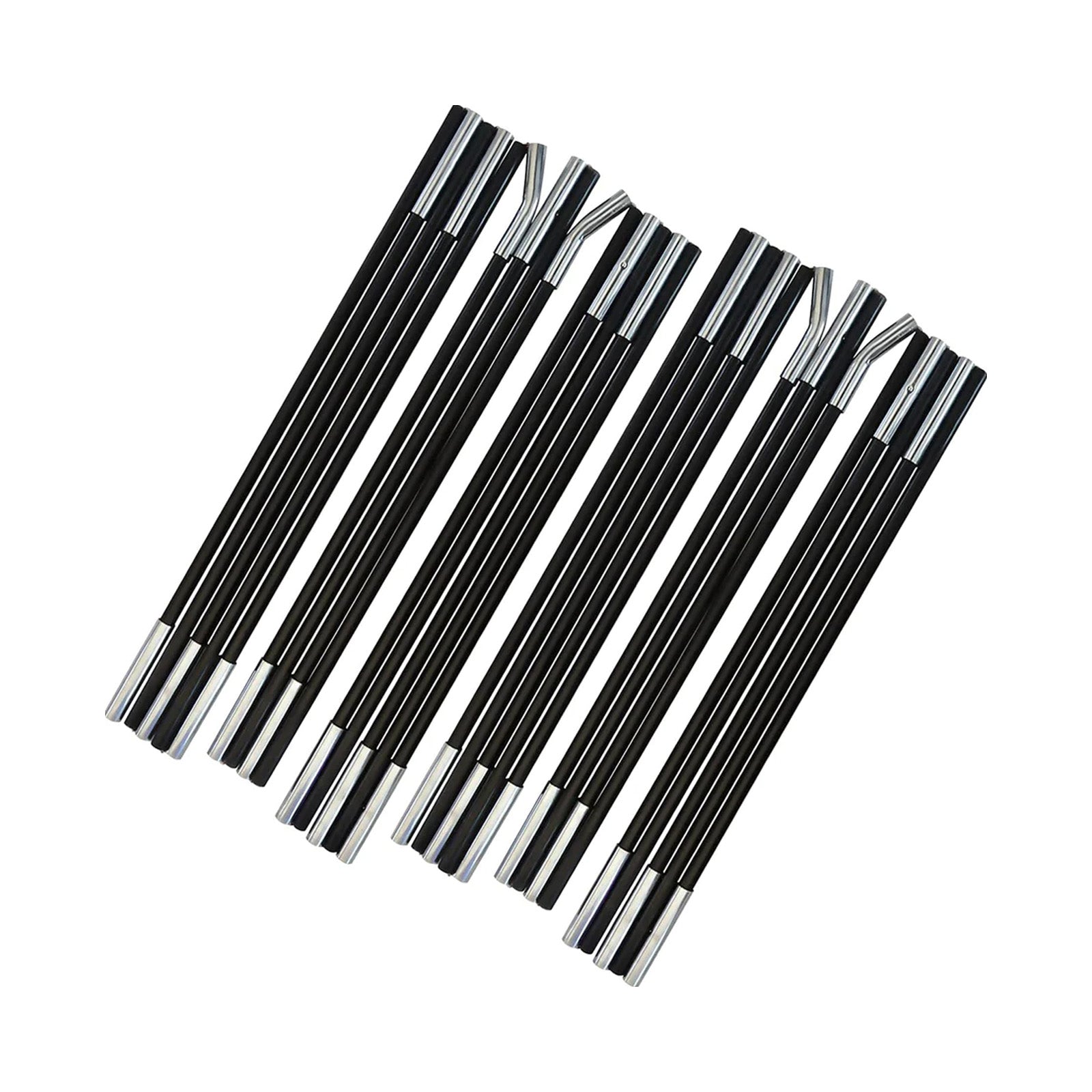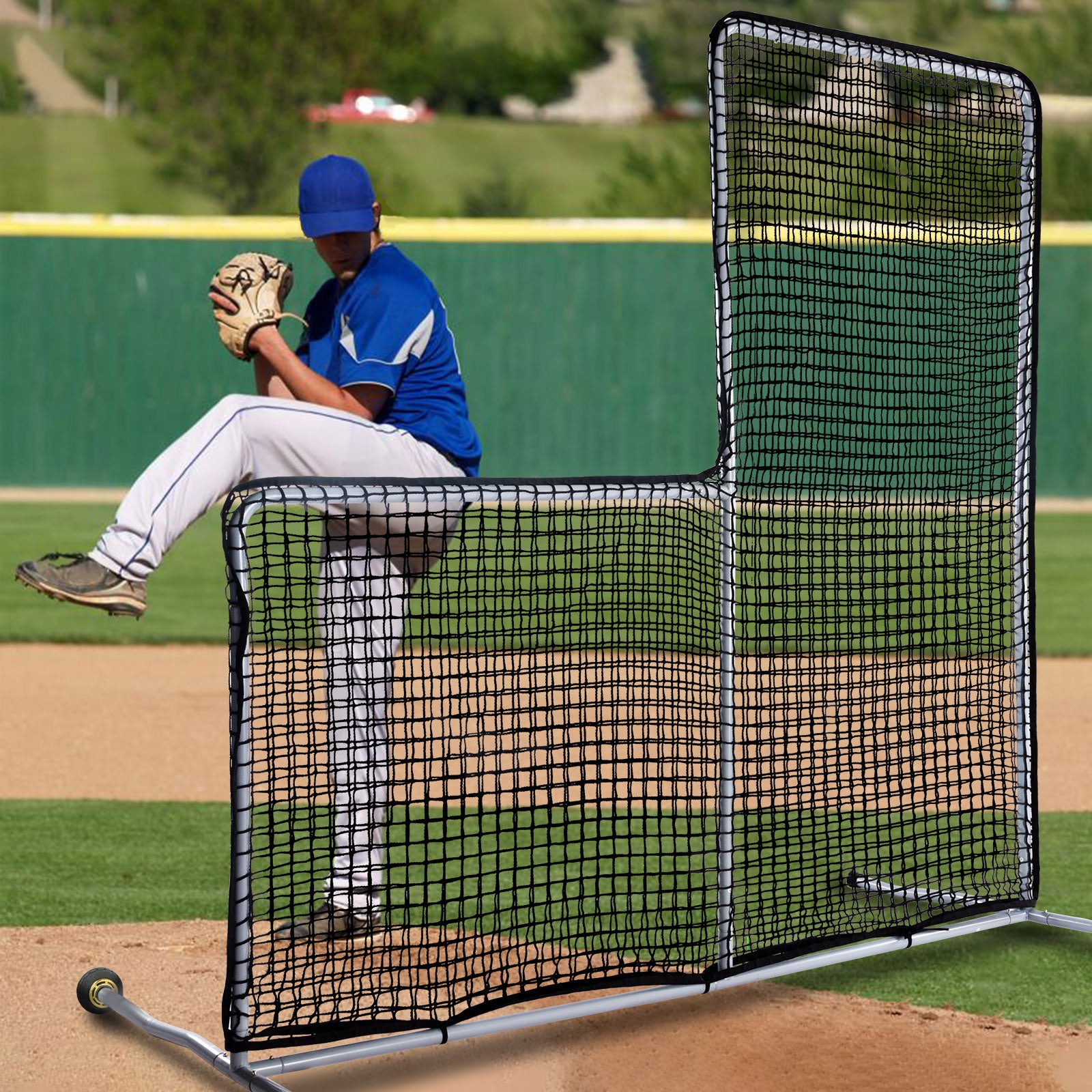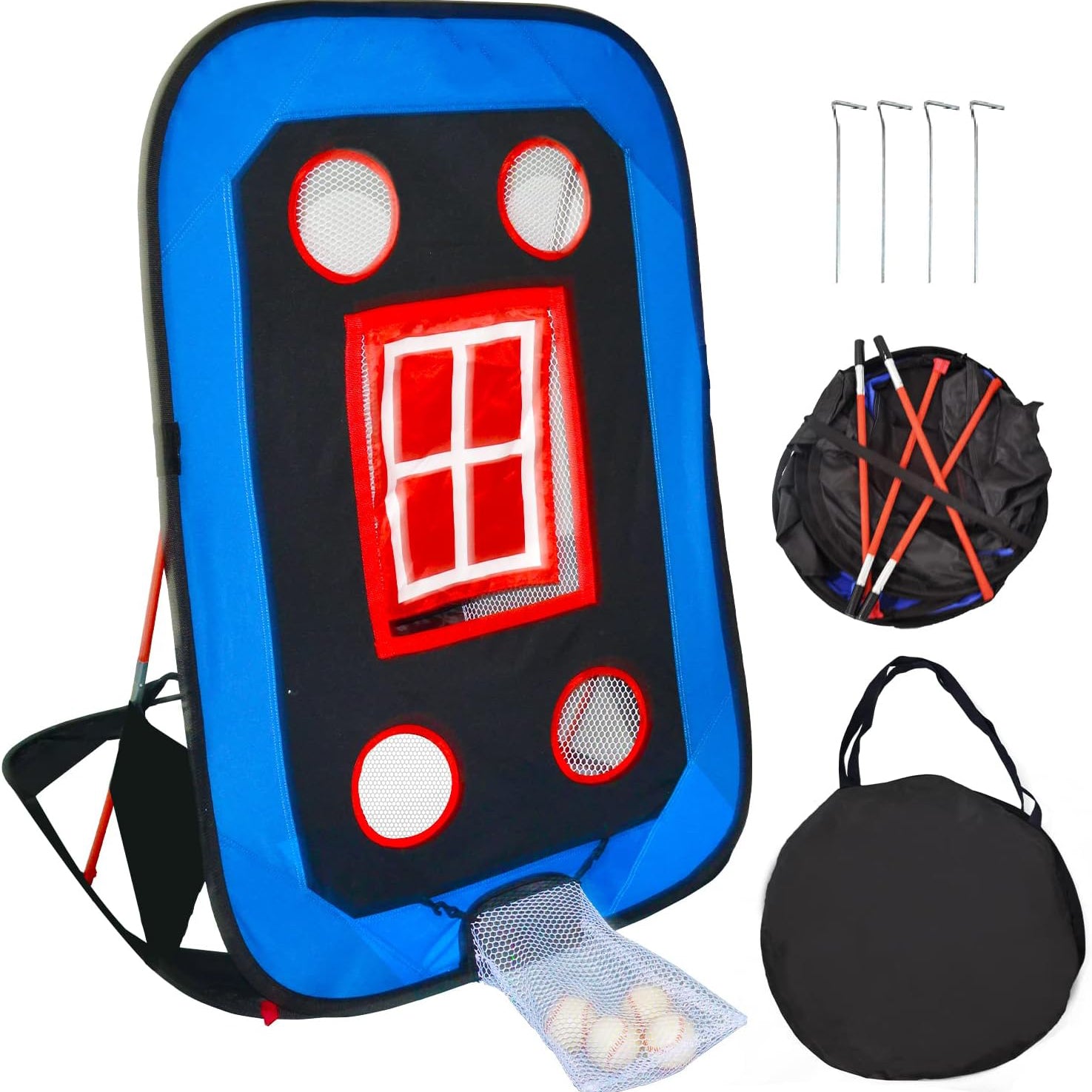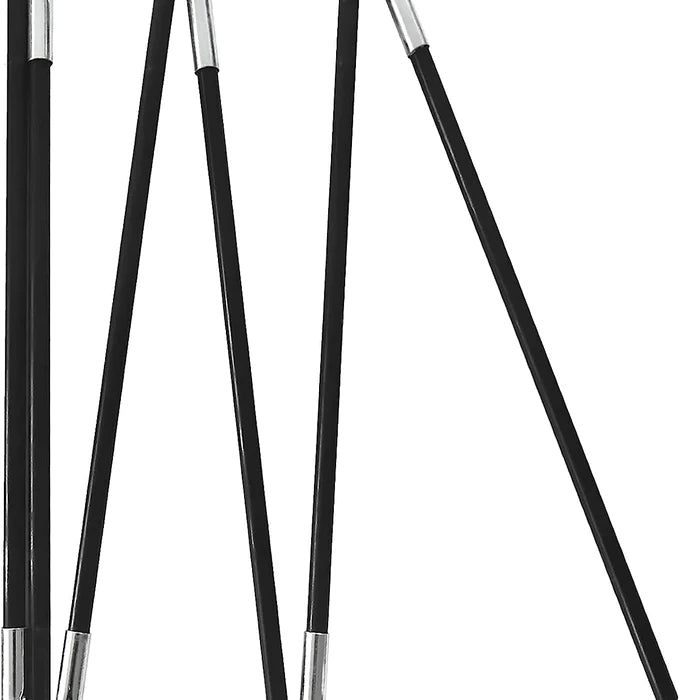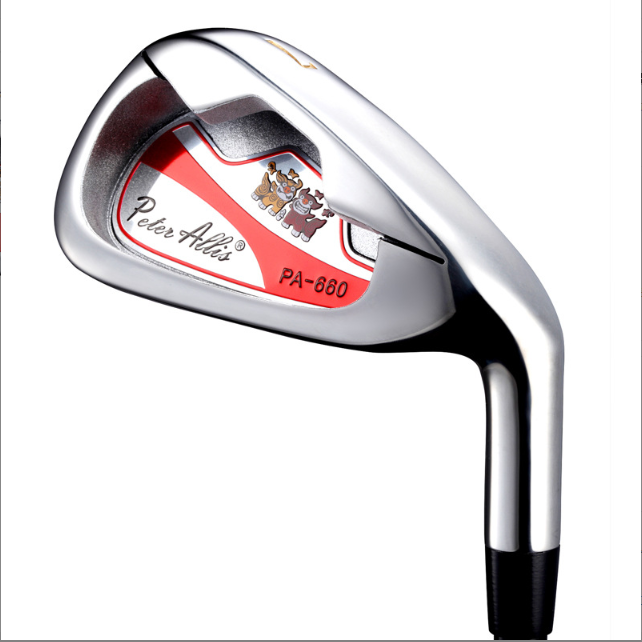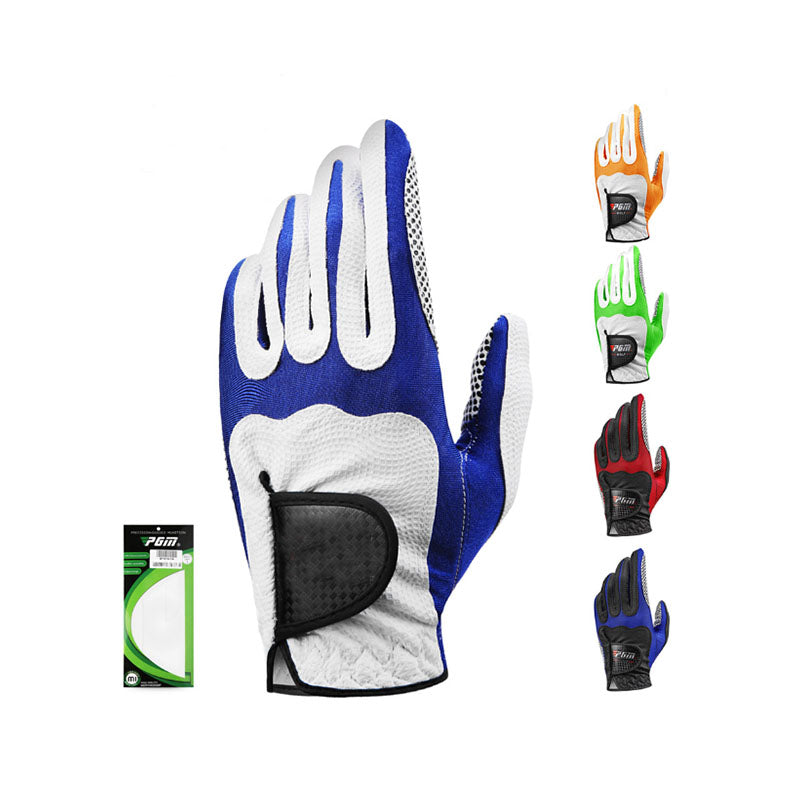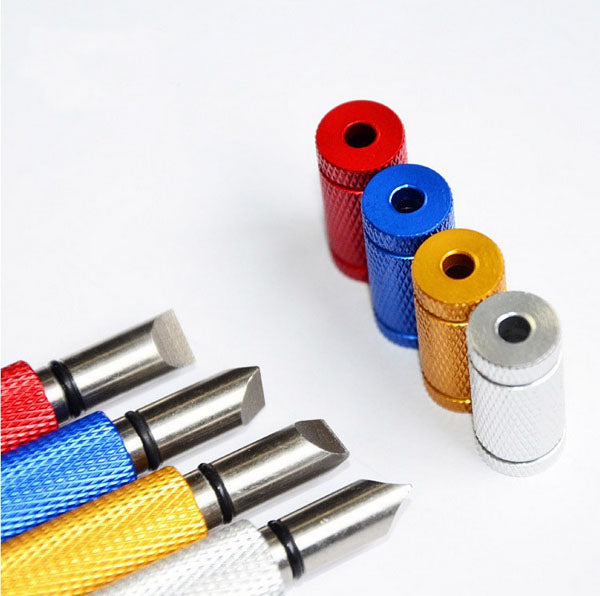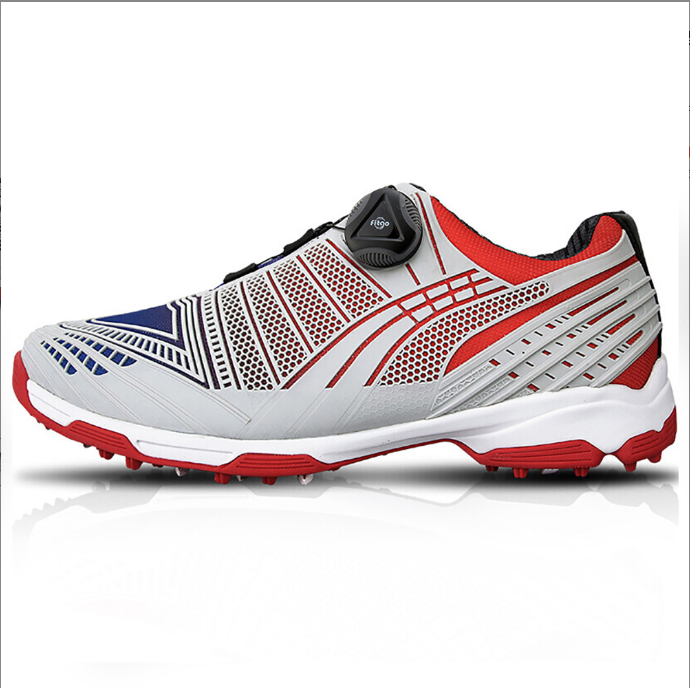Domina tu swing en casa con la jaula de golpe de Galileo Golf

Let's talk about the secret weapon that's been upping my game lately: the Galileo Golf Hitting Cage. Now, I know what you're thinking: "Can practicing at home really improve my swing?" Trust me, as someone who's spent more time on the course than in their own living room, I was skeptical too. But hear me out.

En este blog deportes galileo - un proveedor global de red de golf y jaulas de golf - will play detective and uncover the mystery behind swing at home.We know a lot of you are eager to know how to practice swing at home if time and conditions are limited, and what kind of golf cage should be purchased to help you achieve jump progress in your swing. Don’t worry, we’ve done our homework and are ready to spill the beans.
Vamos a explorar the latest perfect swing techniques and methods Juntos
Benefits Galore: Why Home Practice Reigns Supreme
La conveniencia es clave
Let's face it: life can be hectic. Between work, family, and the occasional round of golf, finding time to hit the driving range can feel like a Herculean task. But with the Galileo Golf Hitting Cage, convenience is king. No more battling rush hour traffic or waiting in line for a hitting bay – just grab your clubs, step outside, and let the practice begin.
Un centavo guardado es un centavo ganado
Golf isn't exactly known for being a budget-friendly sport. Between greens fees, equipment, and the occasional lost ball (RIP, Pro V1), the costs can add up quickly. But fear not, fellow penny pinchers, for the Galileo Cage is here to save the day. With its affordable price tag and minimal maintenance requirements, it's the gift that keeps on giving – both to your game and your wallet.
The latest perfect swing techniques and methods
Posture 1 Preparation for hitting the ball
The reason for confusion about the preparation for hitting the ball is simple: because I tell all my students that if they are ready to hit the ball, even if they swing at an average level later, they can still hit a good shot.
However, a poor shot preparation will not help improve the quality of your swing, and the chance of consistently hitting good shots is zero. Because proper golf shot preparation is the exact opposite of a golfer's natural posture.
You rarely need this posture in your daily life: lean forward from the waist, keep your back straight, raise your chin, and keep your shoulders high and square. I can imagine that there are no activities in daily life that require you to stand with your feet shoulder-width apart, your knees slightly bent, and most of your weight on the arches of your feet, with your left hip slightly higher than Right hip. But these are exactly the correct preparations for hitting the ball, and except on the golf course, you rarely experience it and rarely practice it.

It’s a frustrating reality, but many people’s posture in daily life is simply not straight enough. The muscles are not properly exercised, so soon you fall back into a position that feels natural and comfortable: a stiff, hunched position. And this posture gives you zero chance of completing the swing to the 7 key postures.
In fact, from a physiological point of view, a good shot preparation does not require any special movements. You don't have to balance on your toes like a ballet dancer, or do a stiff cross like a gymnast. Let me reiterate: just keep your feet shoulder-width apart, your knees slightly bent, and bend forward from your hips. Your back can be kept straight, your chin elevated, and your left shoulder slightly higher than your right shoulder when holding the club, and your head The head should be behind the ball.
Proper shot preparation feels particularly weird. Even if the set-up itself is natural, adding a golf club can create a whole new set of problems. Regardless, in golf, it's important to bend forward from the hips so that you maintain a straight spine angle. At the same time, this is a key element of every good shot preparation, and you should feel this way every time you swing.
Posture 2
The sole purpose of the initial takeoff is to initiate a sequence of swing motions that bring the club back to the ball as quickly as possible while keeping the clubface square and completing the rest of the way along the target line. action. Great golfers sweep the club back and initiate the backswing by using abdominal core, upper back, and shoulder strength to push the club away from the ball. When the hands reach hip height, the shaft and forearms form a straight line. As the club moves back, there is a slight rotation in the abdomen and hips. This is the typical "one-piece" backswing, a take-off that every successful professional golfer possesses, and a take-off that progressive amateur golfers dream of. A true one-piece takeoff is one in which the club, arms, shoulders, and body move together as a single unit: the upper arms remain "connected" to the body, without any separation between the deltoid and oblique muscles.
Posture 3 Top of Backswing
I like to compare the top of the backswing to a fully loaded slingshot or an archer drawing a taut bow. These tools accumulate tremendous power during the "loading" process. Once the two arms of the slingshot or the bow and arrow are released, the accumulated power can launch the bullet towards the target. The same principle applies to the golf swing. When a golfer reaches the top position of the backswing, the longer he stretches and the more fully he turns, the farther he will hit the ball than other golfers in the same group.
"Width" and "reach" are two of the most commonly used words in popular golf lingo. "Width" refers to the distance between your hands and your torso during the backswing. Extending your arms as far away from your body as possible is how we achieve width. In most cases, we can use these expressions interchangeably. The farther your hands are from your body at the top of the backswing, the more leverage you will have and the more clubhead speed you can generate during the downswing. Now think about a slingshot. If the arms are 20 feet long, the velocity generated upon release is much greater than if the arms are 10 feet long. At the top of the backswing, the golfer's left arm is straightened, the shoulders are fully rotated, and the proper shift of the center of gravity is more conducive to creating the most perfect distance between the arm and the ball. That's good width.

At the top of the backswing, your shoulders and torso rotate around your tight, but firm, right thigh. Body twist is what separates a great golfer from a beginner, or even an average weekend golfer. If you pay attention to the backswing of an accomplished golfer, you will find that he uses his right leg and right hip as the support and his shoulders rotate more than 90 degrees. This full turning movement brought the outer edge of his left shoulder completely to just below and sometimes even beyond his chin. It's the most fundamental power position in golf, allowing tour players to hit powerful drives that seem to defy the laws of physics. The inability to achieve this position is what prevents amateur golfers from hitting longer distances. Full shoulder rotation, a solid right leg and hip, plus perfect extension in the backswing are key factors in hitting the ball an extra 20, 30, or even 50 yards away.
Position 4 Initial Downswing

Everything you've done up to this point: your approach to impact, your tight initial takeoff, your fully rotated and extended backswing is all about generating and hoarding energy. Now is the time to release this energy, time to change the direction of the swing, time to let the club start to descend back to the ball, and time to allow your body to produce maximum speed and efficiency to welcome the "moment of truth" - -The moment when the club meets the ball.
Different golfers have different opinions on how to initiate the initial downswing. During the most critical moment at the beginning of the downswing, the club should be free to fall. The key is to get the feeling of pressing your weight directly into your feet. This allows for a slight stretch in the shoulders while providing a solid balance that allows for a strong turn at impact. Legendary golfer Harry Vardon was right when he said: The body completes the backswing as a whole, so it is logical that the body should carry the club back to the ball as a whole.
If the backswing is done correctly, your left arm is extended, your shoulders are fully rotated, your right thigh and hip are stable, your head is slightly behind the ball, and your spine angle remains unchanged. As your abdomen tightens and your back muscles engage, you'll feel a gush of torque in your hip flexors, groin, and gluteus maximus and gluteus minimus.
From this position, you're ready to spread out and unleash all the power you've stored up. Professional golfers transition into the downswing by moving their lower bodies. In every great golf swing, the legs and hips move first, the torso follows the hips, the shoulders follow the torso, the arms follow the shoulders, the hands follow the arms, and the club follows the hands. This is the sequence of the downswing, that is, from bottom to top, the upper and lower body movements must be synchronized. Strong hips and rotational torque stabilizers create a powerful downswing.
Posture 5 batting moment
All previous efforts converged into this moment. Everything you do for golf: buy golf equipment, take lessons, pay green fees, adjust your swing, do exercises, implant swing ideas, master pre-shot routines such as rocking and twitching the clubhead to relax, Learn the preparations before hitting the ball, the backswing, the downswing, etc. Everything is to establish this decisive moment: in the millisecond when the club head meets the little white ball, your talent, ability, and hard work are all revealed. The ball path you hit is the answer sheet you hand in after "going to school" to improve your skills.
The physics of the moment of impact are actually straightforward. The reeling action of the backswing and the initial release of the downswing create centrifugal force, much like a track and field athlete throwing a discus or hammer. With your straight left arm, follow the guidance of your hips and shoulders to pull the club toward the small white ball. Turn your hips to the left, and while your shoulders return to the ready position, your weight continues to shift along the target line. At the same time, two important bends - the folded right elbow and the cocked right wrist - straighten out at the lowest point of the swing arc, allowing the full power of the swing to be released in this final omnipotent moment. released and produced tremendous velocity. As the club "passes" the ball, the club head is still accelerating. "Release" in golf refers to the moment when the club catches up with the hands and the hands catch up with the arms. It occurs when the right elbow is straightened and the right wrist returns to its original position, which is the preparation position before hitting the ball; this is used as leverage. The right elbow and wrist release the accumulated energy and the club moves fastest. The ideal release time should be at the moment of impact.
Professional golfers seem to make it easy because they use the right muscles in their bodies to produce stable clubhead speed; their movements are effortless and their power is endless because their bodies have been trained to create maximum acceleration. Let the ball "cross" the strike zone in milliseconds. Another perspective is that their swing may be "slick" or even lazy, but don't let that fool you. now
Every player on every tour has worked hard to master a repetitive swing specifically designed to serve the moment when the club face squeezes the ball and launches it.
Posture 6 Send Rod

"Fellow" is the swing action after contacting the ball. It describes the situation where the right arm is straightened and the club continues to swing along the target line after the ball flies out. The name "feedback" comes from the fact that the arms are fully extended during the initial follow-through movement. As the club continues its elliptical path around the body, the left arm begins to fold in while the right arm remains straight. When the club reaches hip height during the follow-through motion, your right arm and club should form a straight line pointing toward the target. It's important to extend the club along the target line because the club's path after impact is a mirror image of the club's path before impact. If you have the club pointed at the target the moment after impact, it means your downswing will follow the same path. Furthermore, the emphasis on extension ensures that the club is still accelerating after the ball is in the air.
Posture 7 Finish
No matter how beautiful the finish is, it won't change a bad shot; however, an ugly finish rarely accompanies a beautiful shot. If you can maintain your spine angle at the moment of impact, you should be able to stand straight and tall when finishing. If the center of gravity transfer is correct from the top of the backswing to the moment of impact and then to the follow-up, the center of gravity should be on the left side of the body at the end of the swing. And if your arms and hands stretch smoothly when hitting the ball, your hands will be fixed above your left shoulder when you finish the club, and the toe of the club head will point to the ground.
Another key component of the finish is balance. There is no sign of a bad golf swing more than the awkward jump a golfer makes during the follow-through to avoid falling back. I've seen golfers finish with both feet pointing toward the hole and wonder why the ball isn't going to the target. A smooth swing leads to a smooth finish. The center of gravity shifts from the right side at the top of the backswing, then along the target line in the downswing, until it stops with the right foot on the left side at the end of the swing, as stable as a rock. Falling toward your toes and moving your feet to keep up with your body when finishing the club are all signs that your swing is out of balance. But consciously focusing on finishing straight, planted, and staying on plane with the flow will have a positive impact on your entire swing. If you improve your finish,
Conclusion: Swing Into Success with the Galileo Golf Hitting Cage
The Future of Golf is Here
So there you have it, folks: the Galileo Golf Hitting Cage isn't just a game-changer – it's a game-saver. Whether you're looking to perfect your swing, save some cash, or simply enjoy the convenience of practicing at home, this nifty little gadget has got you covered. So why wait? Take your game to new heights and tee off with confidence, knowing that the perfect swing is just a backyard away.
¿Tiene consultas? Comuníquese con nosotros en shopify@galileosports.shop ¡Para ayuda de expertos!
0 comentarios
